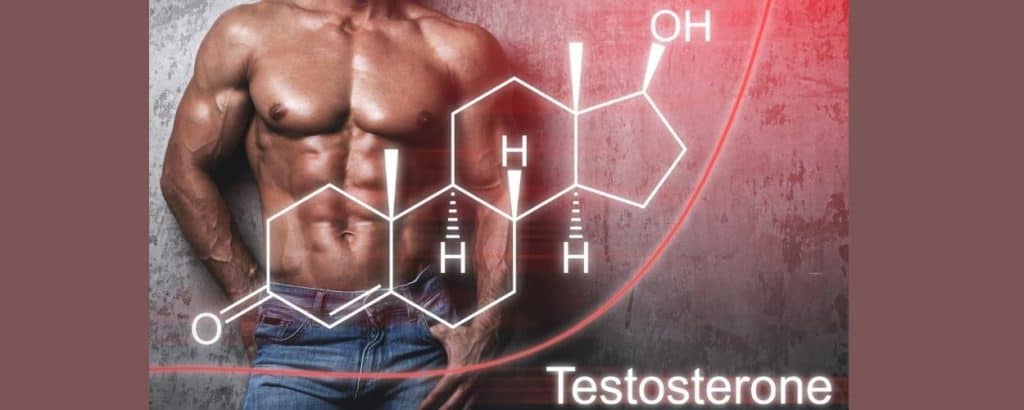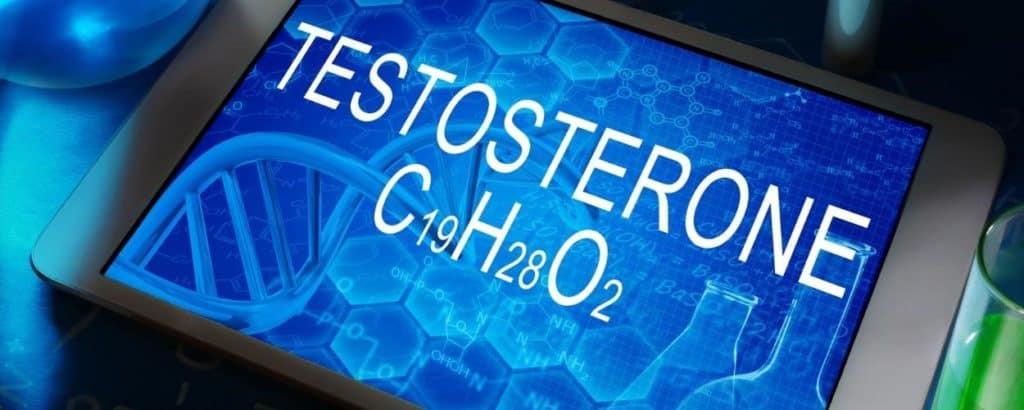
does insurance cover testosterone replacement therapy
testosterone replacement therapy florida
The side effects of testosterone replacement therapy are a topic of great interest in the medical community and beyond. For many years, researchers have been studying the potential short-term and long-term health effects of testosterone replacement therapy, particularly when it comes to the cardiovascular system. While the results of some studies have indicated that testosterone replacement therapy may be beneficial for some men, other studies have suggested that there may be risks associated with the treatment. To better understand the side effects of testosterone replacement therapy, it is necessary to investigate the potential impacts of the therapy on the body. Studies have shown that testosterone replacement therapy can positively affect sexual performance and libido. However, the long-term effects of the therapy on the cardiovascular system are not yet known. Additionally, studies have suggested that testosterone replacement therapy may increase the risk of prostate cancer in some men and other types of cancer. Further investigation of the potential side effects of testosterone replacement therapy is important to ensure that patients are informed of the potential risks associated with the treatment.
An excellent way to be sure that you do this is to repeat in your own words what was said and confirm that your understanding is accurate.
How will you feel after you start testosterone replacement therapy? Within two weeks of starting therapy, you will notice a significant improvement in your energy and sleep quality. One month after therapy, patients have seen an improvement in their virility. After two months of therapy, males also experienced a reduction in their depression symptoms. After six months, patients notice a change in their appearance. Their abdominal circumference and gut fat have decreased. Visceral fat (also known as gut fat) is believed to reduce cardiovascular risk and increase insulin resistance.



